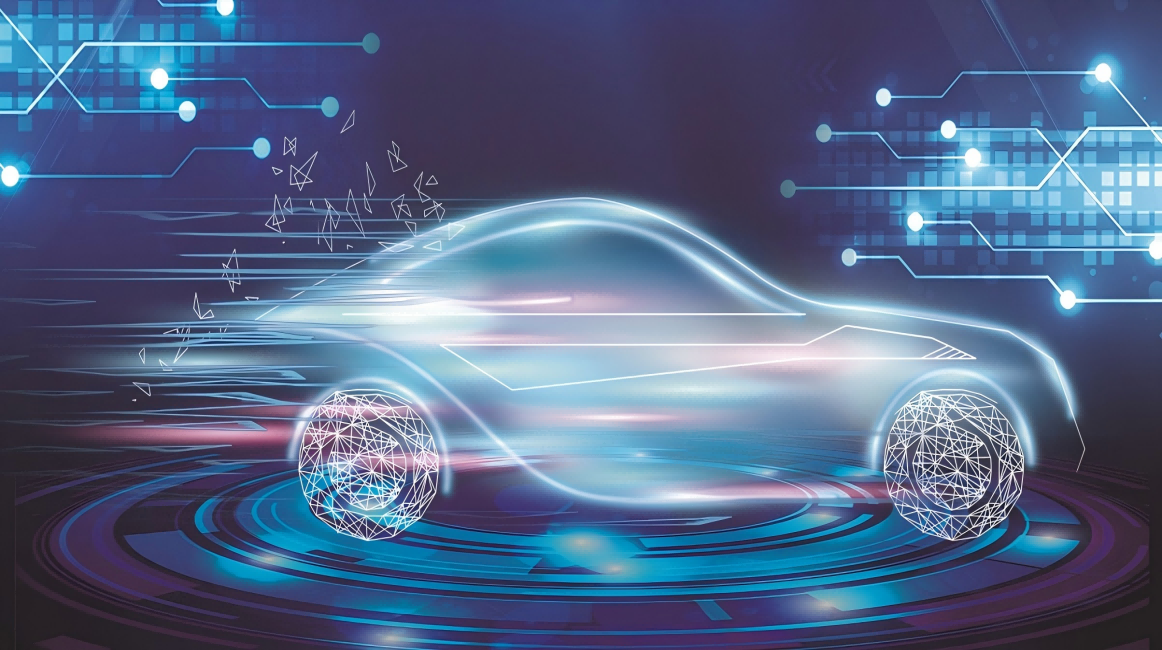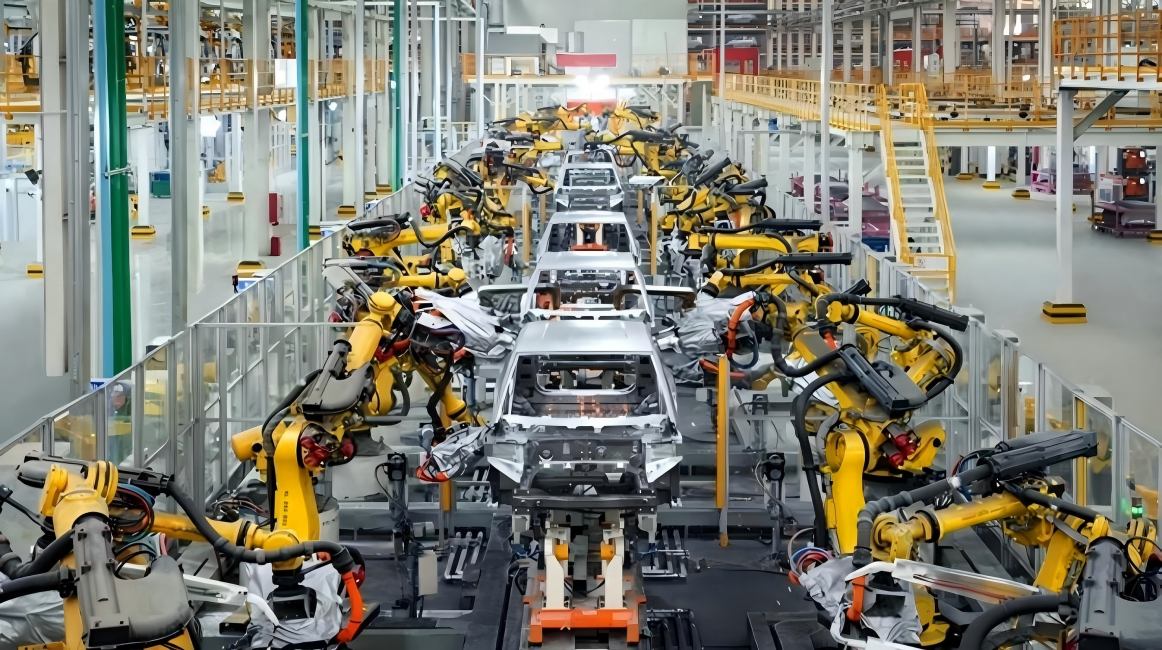In recent years, China's new energy vehicle (NEV) industry has reshaped the global automotive landscape with leapfrog development. In 2024, both production and sales exceeded 10 million units, and exports ranked first in the world for two consecutive years. It has not only become a benchmark for the transformation and upgrading of China's manufacturing industry but also is leading the global automotive industry's green transition wave.

Outstanding Industrial Scale and Ecological Advantages
China has built the world's most complete NEV industrial chain, forming a closed loop from lithium mining, battery manufacturing to vehicle assembly and recycling. Industrial clusters in Anhui, Guangdong, Sichuan and other regions work together, effectively reducing production costs while ensuring supply chain resilience. In the power battery sector, CATL and BYD together account for over 60% of the global market share, with the single-cell energy density exceeding 300Wh/kg, reaching the international leading level. The huge domestic market supports enterprises in rapidly achieving large-scale production, with the market penetration rate exceeding 35% in 2024, providing a broad test ground for technological iteration.

Remarkable Achievements in Technological Innovation and Global Expansion
In the field of intelligent connectivity, China has developed the "vehicle-road-cloud integration" Chinese solution. Level 2 (L2) advanced driver assistance systems are widely popularized, and intelligent cockpit technology has achieved differentiated competitive advantages. The export market has shown explosive growth, with 1.203 million units exported in 2023. Europe and Southeast Asia have become core markets. Brands such as BYD and NIO have successfully broken through the 30,000-euro price range relying on cost-performance and intelligent advantages, realizing the leap from "price competition" to "value competition". It is expected that the export scale will exceed 5 million units by 2030, accounting for more than 35% of the global NEV trade volume.

Existing Shortcomings to Be Addressed
In terms of core technologies, high-end automotive-grade chips rely on imports, and there is still a gap between solid-state battery R&D and the international advanced level. In infrastructure, the uneven layout of public charging piles and inconsistent battery swapping standards affect user experience. In brand building, the recognition in the high-end market still has room for improvement compared with internationally renowned brands, and the used car market system is not yet perfect.

Future Outlook
China's NEVs will stride forward in depth towards intelligence, high-endization and globalization. At the policy level, the "dual carbon" goals and relevant policy plans will continue to empower, promoting the industry's transformation from policy-driven to market-driven. At the technological level, R&D in cutting-edge fields such as solid-state batteries and hydrogen fuel cells will accelerate, and autonomous driving will advance to Level 4 (L4) and above. At the market level, enterprises will cope with trade barriers through overseas factory construction and localized operations, while improving the charging network and recycling system to build a full-lifecycle service ecosystem.
With the in-depth integration of automobiles with transportation, communications and energy, NEVs will not only be means of transportation but also mobile terminals of an intelligent society. China will contribute Chinese wisdom to the global automotive industry transformation.



